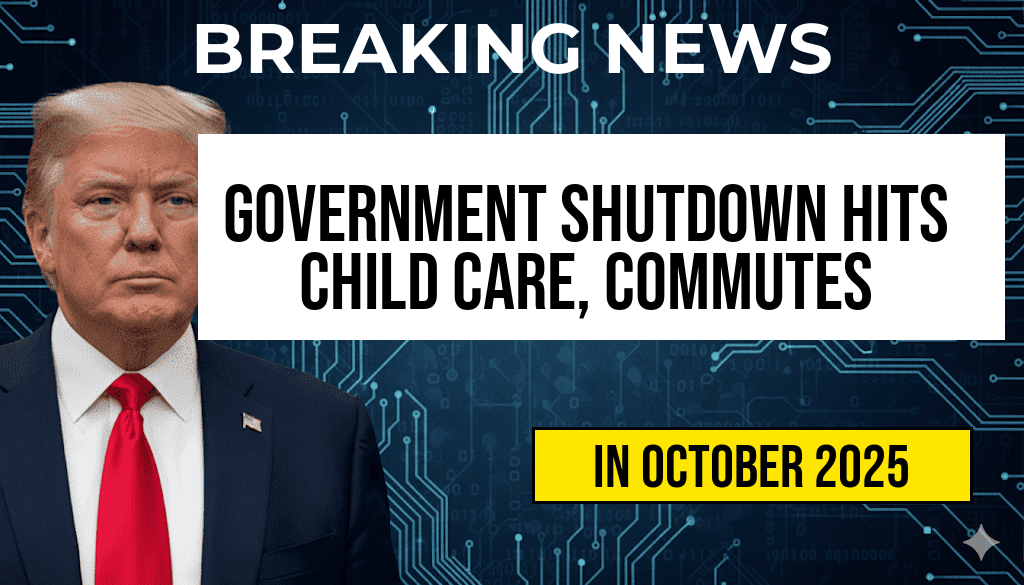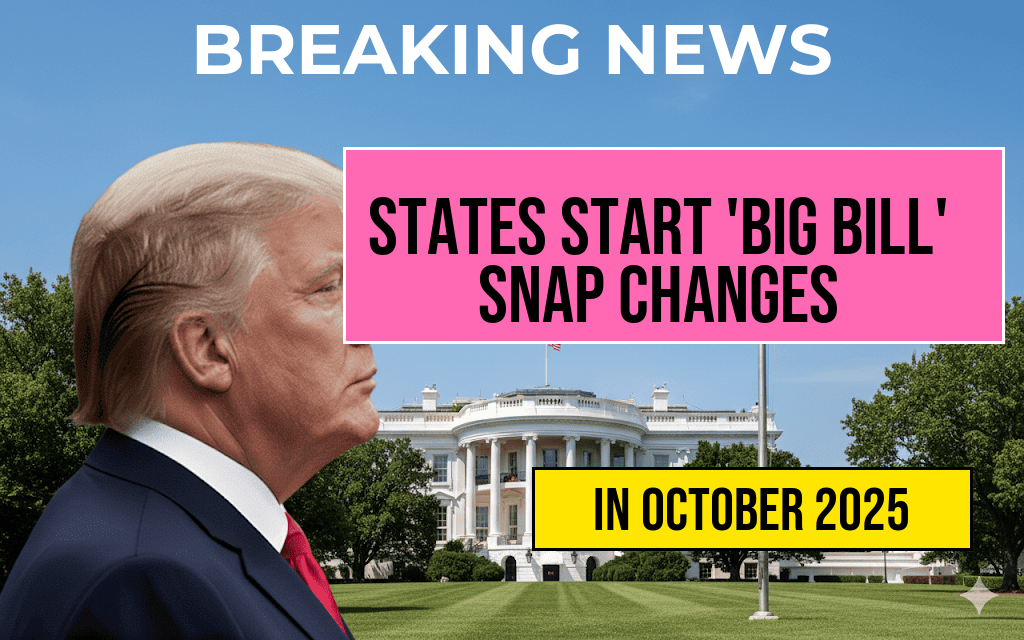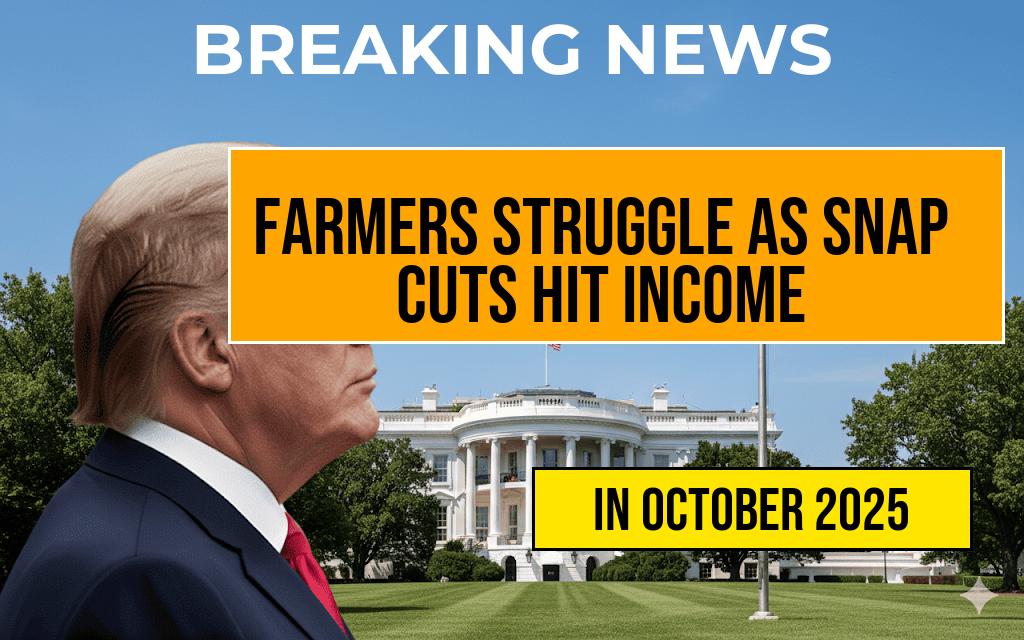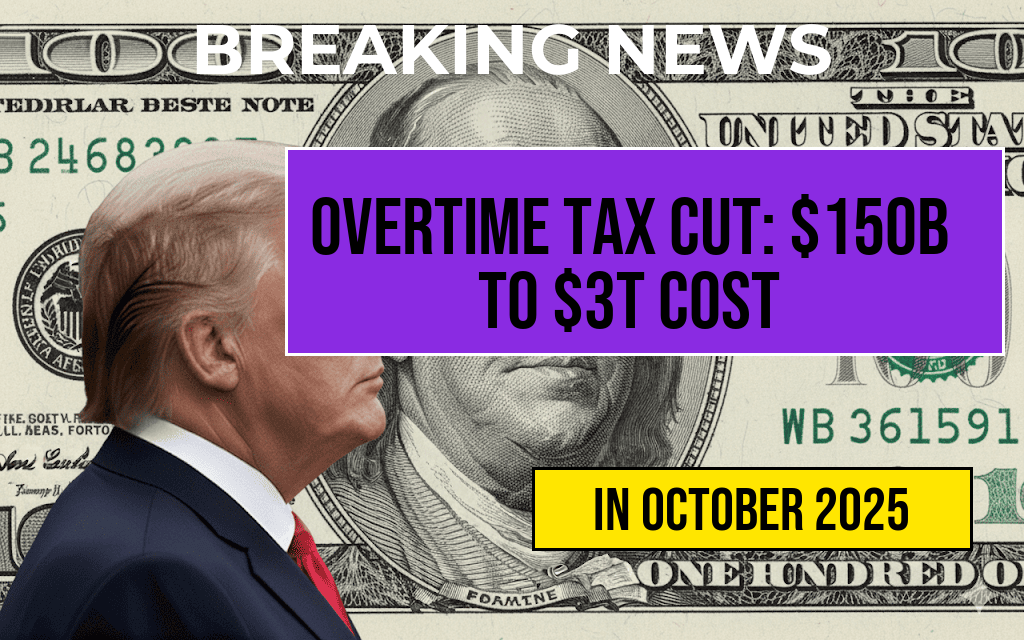Several states across the U.S. are beginning to implement significant changes to the Supplemental Nutrition Assistance Program (SNAP), commonly referred to as food stamps. These adjustments, part of what has been dubbed the “Big Bill,” are projected to potentially cost households upwards of $30 billion over the next decade. The reforms are designed to address ongoing concerns regarding food security and the efficiency of the program but have sparked debate among lawmakers, advocates, and beneficiaries alike. As states navigate these new regulations, uncertainties loom about their impact on low-income families and the overall effectiveness of the SNAP program.
Understanding the ‘Big Bill’ Changes
The recent legislative measures aim to streamline SNAP operations and improve access for eligible families. Key components of the changes include:
- Eligibility Adjustments: States are modifying income eligibility thresholds, which may exclude some families while including others who previously did not qualify.
- Benefit Calculation Reform: New methods for calculating benefits are being introduced, potentially altering the monthly assistance provided to participants.
- Work Requirements: Some states are reinstating or tightening work requirements, which could affect the number of recipients eligible for benefits.
The Financial Implications
The proposed changes to SNAP are projected to have a cumulative financial impact of $30 billion over ten years. This figure reflects both the increased administrative costs associated with the changes and the potential decrease in benefits for some households. Critics argue that while the intention behind these reforms may be to enhance the program, the reality could leave many families struggling to afford basic necessities.
State Participation and Implementation
As of now, several states have begun to implement these reforms, while others are still debating the best course of action. States like California and Texas are among the first to adopt changes, citing the need to align state regulations with federal guidelines. However, the pace of implementation varies significantly based on local political climates and administrative capacities.
The timeline for full implementation of the Big Bill changes is expected to extend over the next few years, leading to a period of uncertainty for many beneficiaries. Advocacy groups are closely monitoring the situation, emphasizing the need for transparency and support for affected households.
Concerns from Advocacy Groups
Advocates for low-income families have expressed serious concerns regarding the potential fallout from these changes. Organizations such as the Feeding America have raised alarms about the challenges that stricter eligibility and work requirements could impose on already vulnerable populations. They argue that the reforms could inadvertently push families deeper into poverty, exacerbating food insecurity rather than alleviating it.
Public Response and Legislative Debate
The public response to the proposed changes has been mixed, with some supporting reform as a necessary step to ensure that SNAP is sustainable and effective, while others criticize it as a rollback of essential support. Legislative debates in Congress have highlighted the divide between those advocating for reform and those who believe that any cuts to benefits could harm millions of American families.
Looking Ahead
As more states begin to implement the changes outlined in the Big Bill, the ongoing evaluation of SNAP’s effectiveness will be essential. Policymakers are urged to consider the potential ramifications of these reforms and to seek input from community organizations and beneficiaries to ensure that the program continues to meet the needs of those it serves.
Conclusion
The changes to SNAP under the Big Bill could significantly reshape the landscape of food assistance in the U.S., with potential long-term impacts on millions of households. As states navigate these reforms, the challenge will be to balance the need for program efficiency with the critical support that SNAP provides to those in need.
| Year | Projected Cost (in billions) |
|---|---|
| 2024 | 3 |
| 2025 | 3.5 |
| 2026 | 3.8 |
| 2027 | 4 |
| 2028 | 4.2 |
| 2029 | 4.5 |
| 2030 | 5 |
| 2031 | 5.5 |
| 2032 | 6 |
| 2033 | 7 |
Frequently Asked Questions
What are the recent changes to the SNAP program?
Recent changes to the SNAP program, often referred to as the ‘Big Bill‘, involve state contributions that may lead to significant adjustments in benefits for many households.
How much could these changes potentially cost households?
The changes could potentially cost households up to $30 billion over the next decade, impacting the financial support they receive through the SNAP program.
Which states are contributing to the Big Bill changes?
Several states have begun to contribute to the Big Bill changes, but the specific states involved may vary and are subject to legislative decisions.
How will the Big Bill affect eligibility for SNAP benefits?
The Big Bill may alter the eligibility criteria for SNAP benefits, which could lead to changes in who qualifies for assistance.
What should households do to prepare for the upcoming changes to SNAP?
Households should stay informed about the Big Bill developments and consider reviewing their SNAP benefits eligibility to understand how the changes may affect them.











